Hedyotis diffusa cultivation methods and precautions
Last Update :2024.05.05
Article Catalog
3. Problem diagnosis and treatment
Soil: It is recommended to prepare a mixture of garden soil + leaf humus soil + base fertilizer, which can meet the nutrients required for the growth of Hedyotis diffusa. Moisture: It has a high demand for moisture, so the soil should be kept as moist as possible. Fertilizer: Top dressing needs to be applied appropriately during the growth period, and pay attention to applying thin fertilizer frequently. Sunlight: It grows better in a sunny environment. If the lighting conditions are not met, it will easily grow too long.
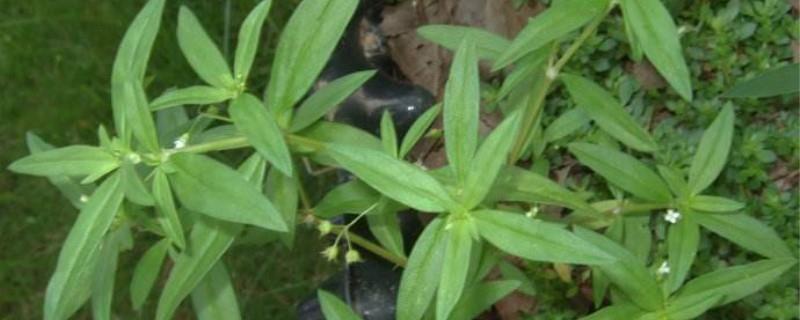
1. Maintenance methods
1. Maintenance method
1. Soil: It likes to grow in soil rich in nutrients. When preparing the soil, you can use a mixture of garden soil + leaf rot soil + base fertilizer. Such soil more conducive to its growth.
2. Moisture: When cultivating Hedyotis diffusa, try to keep its pot soil moist. It has relatively high water requirements, but you still need to pay attention to drainage during the rainy season. Avoid water accumulation that can lead to root rot.
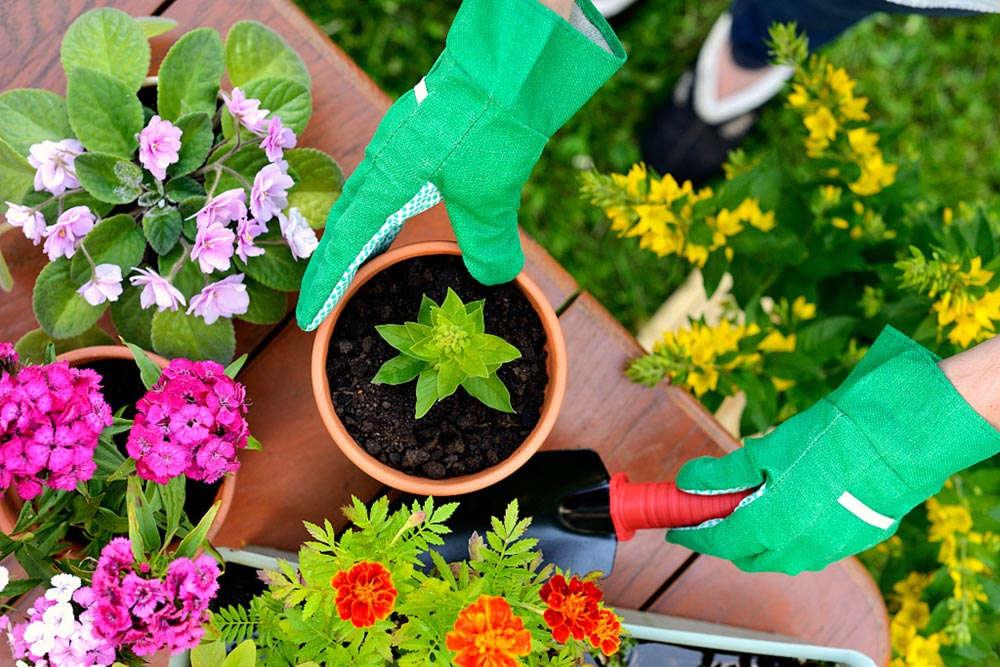
3. Fertilizer: When it grows vigorously, it needs Appropriately apply top dressing to it to meet the nutrients it needs for normal growth. It doesn't need to be too much, just apply thin fertilizer frequently to avoid being unable to absorb and burn the roots.
4. Sunlight: Its quality depends on the light conditions. If there is sufficient light, it will grow very well. If the light conditions are not good, it is likely to grow too long. .

2. Breeding skills
1 . Seed treatment: After collecting the seeds of Hedyotis diffusa, place them on the hard ground and rub them with a wooden stick to remove the wax on their skin. Its seeds are very small, so don't use too much force when rubbing them, and crush the seeds carefully.
2. Propagation: Hedyotis diffusa is commonly propagated by sowing. After pretreatment, the seeds are evenly sprinkled on the soil, and then covered with a thin layer of soil. Spray the soil with water and provide shade during the day to wait for germination.
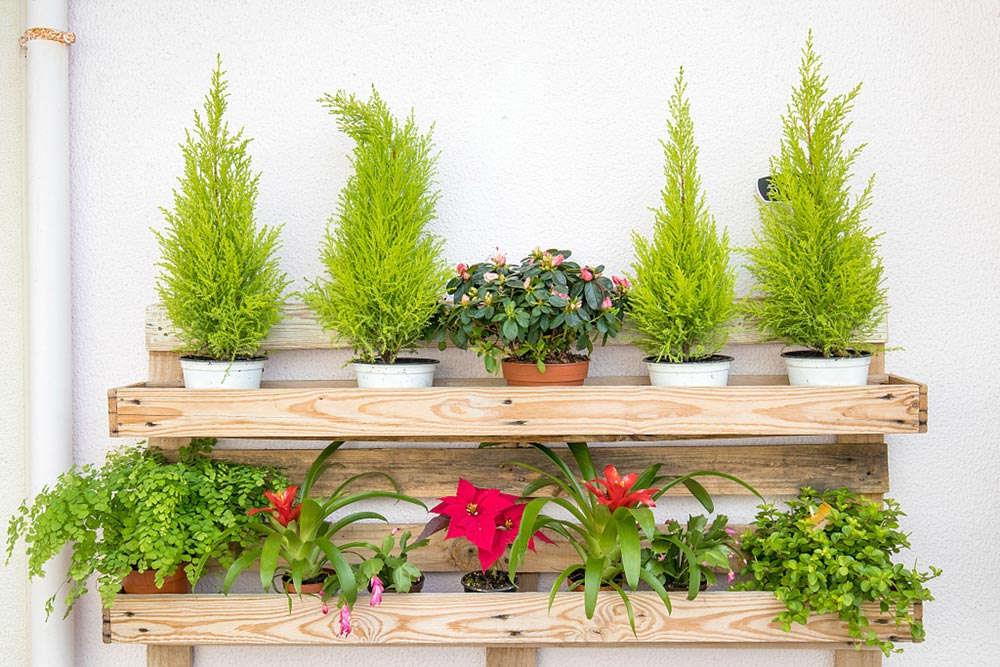
3. Problem diagnosis and treatment
1 . Pests and diseases: Hedyotis diffusa has relatively few pests and diseases. The common ones are some underground pests. If found, it needs to be poisoned with sulfur scale in time.
2. Wilting: It is a plant that is afraid of both drought and waterlogging. When breeding, you must strictly plan the frequency and amount of watering. If it is not appropriate, it will wilt or even wilt. The condition of yellow leaves.
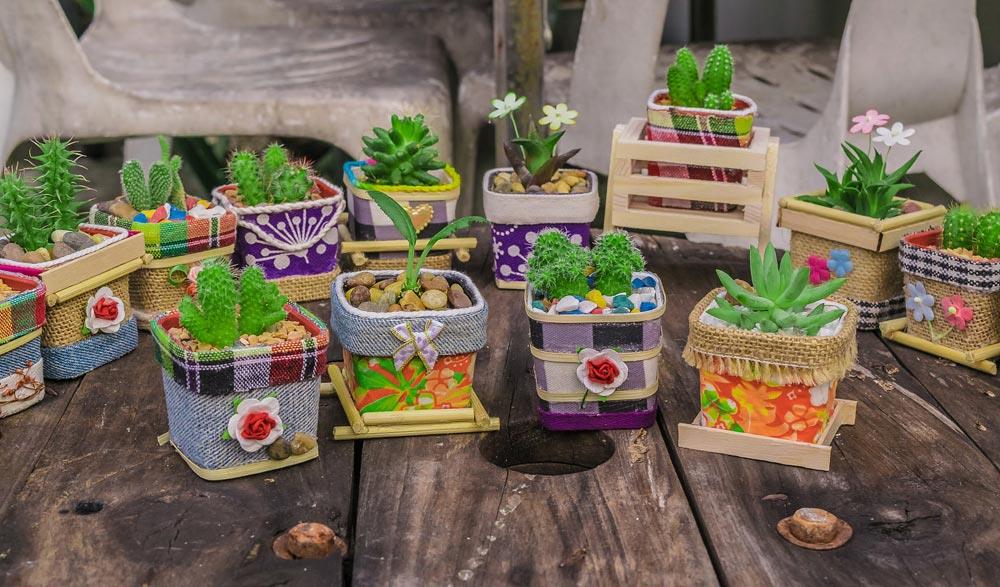
IV. Other issues
1 . Toxicity: Hedyotis diffusa is not toxic. It is a detoxifying drug in itself. It has good heat-clearing and detoxifying effects. There is no need to worry about poisoning during breeding.
2. Can it be cultivated indoors: Hedyotis diffusa can be cultivated indoors. It can be placed in a well-lit indoor location and ventilated frequently, and it will grow well.
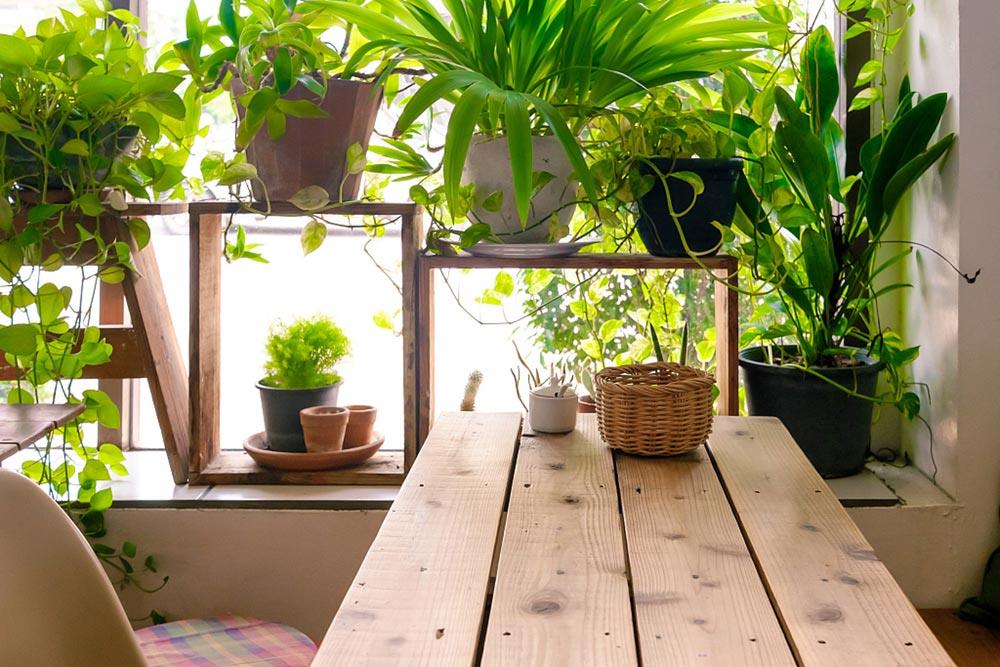
2. Breeding skills
3. Problem diagnosis and treatment
4. Other issues
- END -
What flowers are there in the botanical garden?

1. Rose flower: Rose flower is called the queen of flowers, also known as red moon...
How to grow Emei Sizhao flowers

Soil: It is best to plant in sandy soil with good drainage and fertile soil. Ferti...